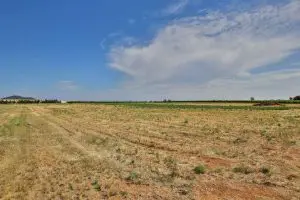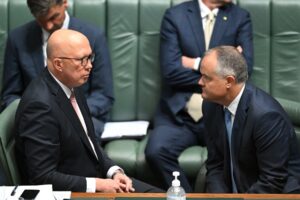The growing capacity of rooftop solar installations is making its presence felt in the West Australian electricity market, sending prices in that state’s wholesale market into negative territory four times last week.
This graph below – courtesy of Paul McCardle of Global Roam, our partners in the popular NEM-Watch widget – shows the events occurring on Sunday, September 23, the next day, the following Friday, and then the following Sunday.
Sundays are days when, of course, there is lower demand due to the reduced industrial activity, and W.A. has a very high penetration of rooftop solar, with some 928MW of solar capacity according to the latest estimates.
The mid-day negative pricing in W.A. has also been witnessed in Queensland, which has some 2GW of rooftop solar and now more than 1GW of large scale solar as the boom in large scale renewables continues.
 The blue line above indicates the price. The South-West Integrated System is an interesting grid, located only in the south-west corner of the state, and dominated by coal and gas generation, but with a growing share of wind and solar. The price spikes regularly in the evening peak when more gas is used.
The blue line above indicates the price. The South-West Integrated System is an interesting grid, located only in the south-west corner of the state, and dominated by coal and gas generation, but with a growing share of wind and solar. The price spikes regularly in the evening peak when more gas is used.
(The graph above uses data that shows state-wide solar installations, not just the SWIS, so its actual output in that part of the grid is likely slightly inflated).
W.A utility Synergy recently noted that the increasingly rapid of rooftop solar in the state was impacting its revenues and profits, eating away into demand as more homes and businesses turned to rooftop solar as the huge fossil fuel subsidies that underpinned the state’s coal and gas dominated grid were wound back.
Those subsidies once amounted to more than $500 million a year, or a third of the actual cost of electricity, but as they were wound back because the state could no longer afford them, electricity bills have risen and more consumes are taking up solar to deflect those costs.
Negative prices used to only happen in the middle of the night – either because large coal generators could not switch off, even when there was little demand, or more recently in states like South Australia where a surplus of wind generation sent prices into negative territory.










